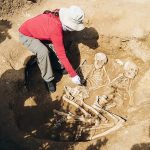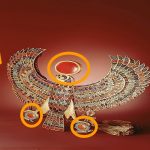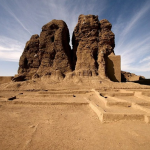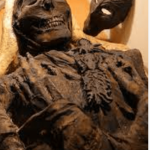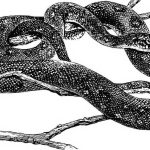Cracking the Code: Millions of Ancient Egyptian Mummified Ibis
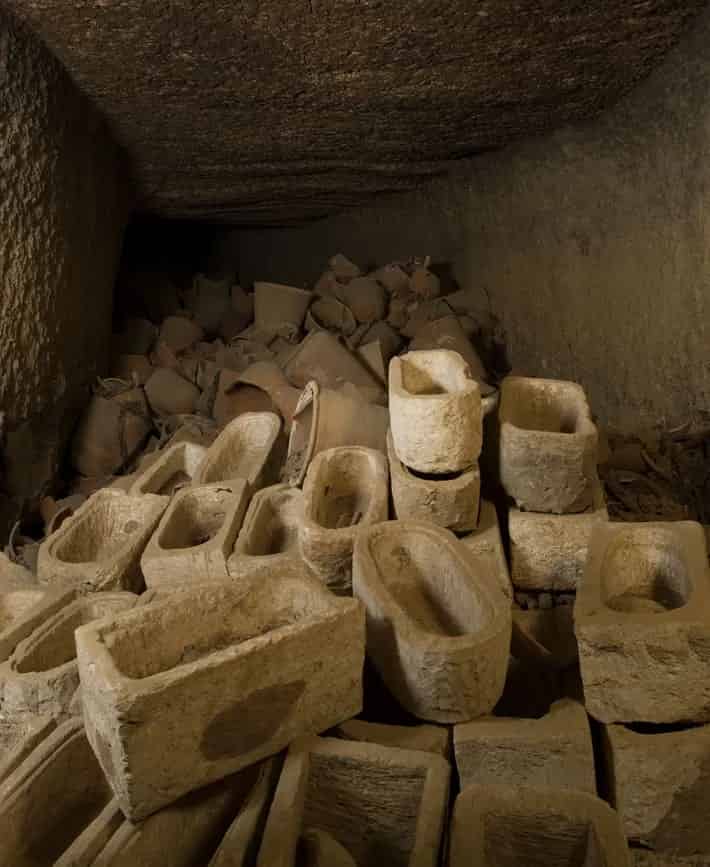
In the annals of ancient Egyptian history, amidst the grandeur of pharaohs and temples, lies a peculiar enigma that has puzzled scholars for centuries—the mystery of the millions of mummified ibis. These revered birds, once abundant in the Nile Valley, became the focus of an elaborate and widespread ritual of mummification, leaving behind vast quantities of their preserved remains.
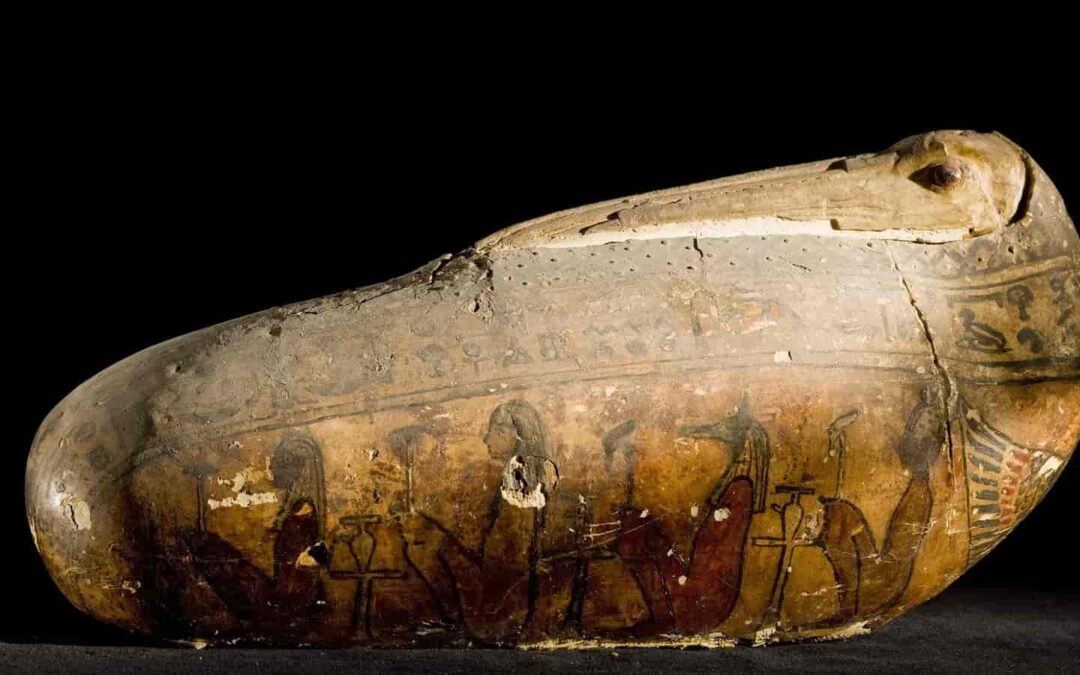
But where did such a huge number of ibis come from? That’s what a team of researchers led by paleogeneticist Sally Wasef of the Australian Research Center for Human Evolution at Griffith University has asked.
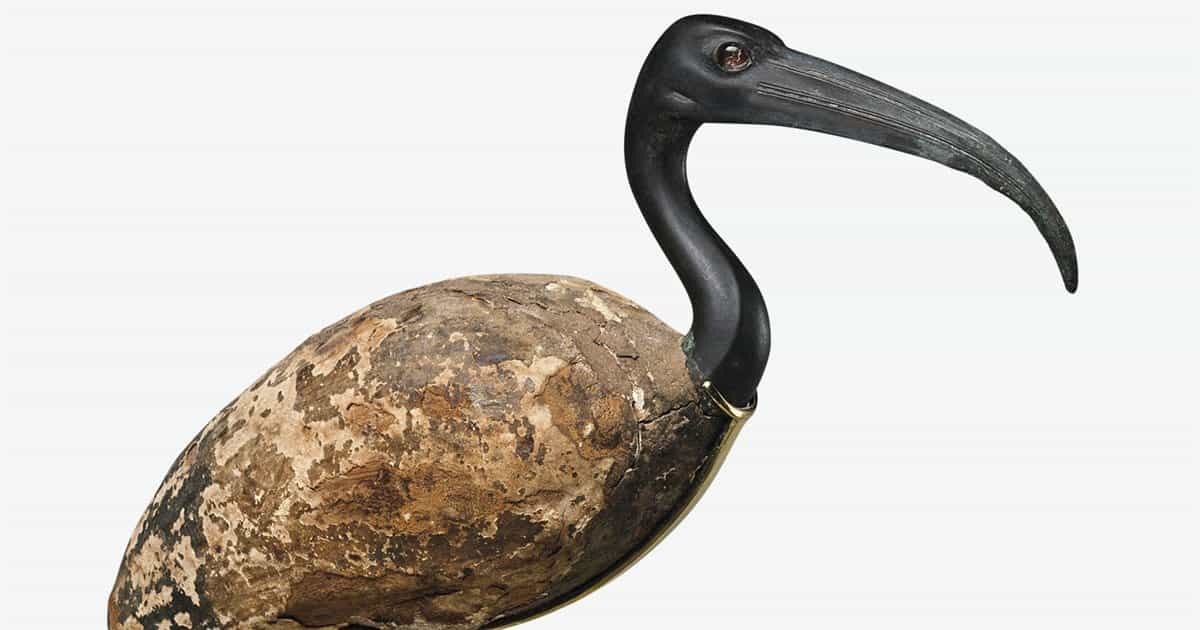
And they believe they have found the answer. The results of this study have been published in the journal PlosOne.
Were they hunted on a large scale?
Between 650 and 250 BC, the ancient Egyptians sacrificed millions of ibis – of the species Threskiornis aethiopicus, the African ibis – which were later mummified to be offered to Thoth, a deity often depicted with a human body and ibis head who was the mighty patron of scribes and god of writing.

These mummies were offered to Thoth to ask for health or a long life.
Some ancient texts seem to indicate that the Egyptians raised ibis on an industrial scale, in facilities designed for that purpose – in a similar way to modern chicken farms – to satisfy the enormous demand for mummies of these birds on the part of the temples, which sold them to the pilgrims, which was a lucrative business.

